Home>Articles>What Color Is The Ground Wire On An Extension Cord
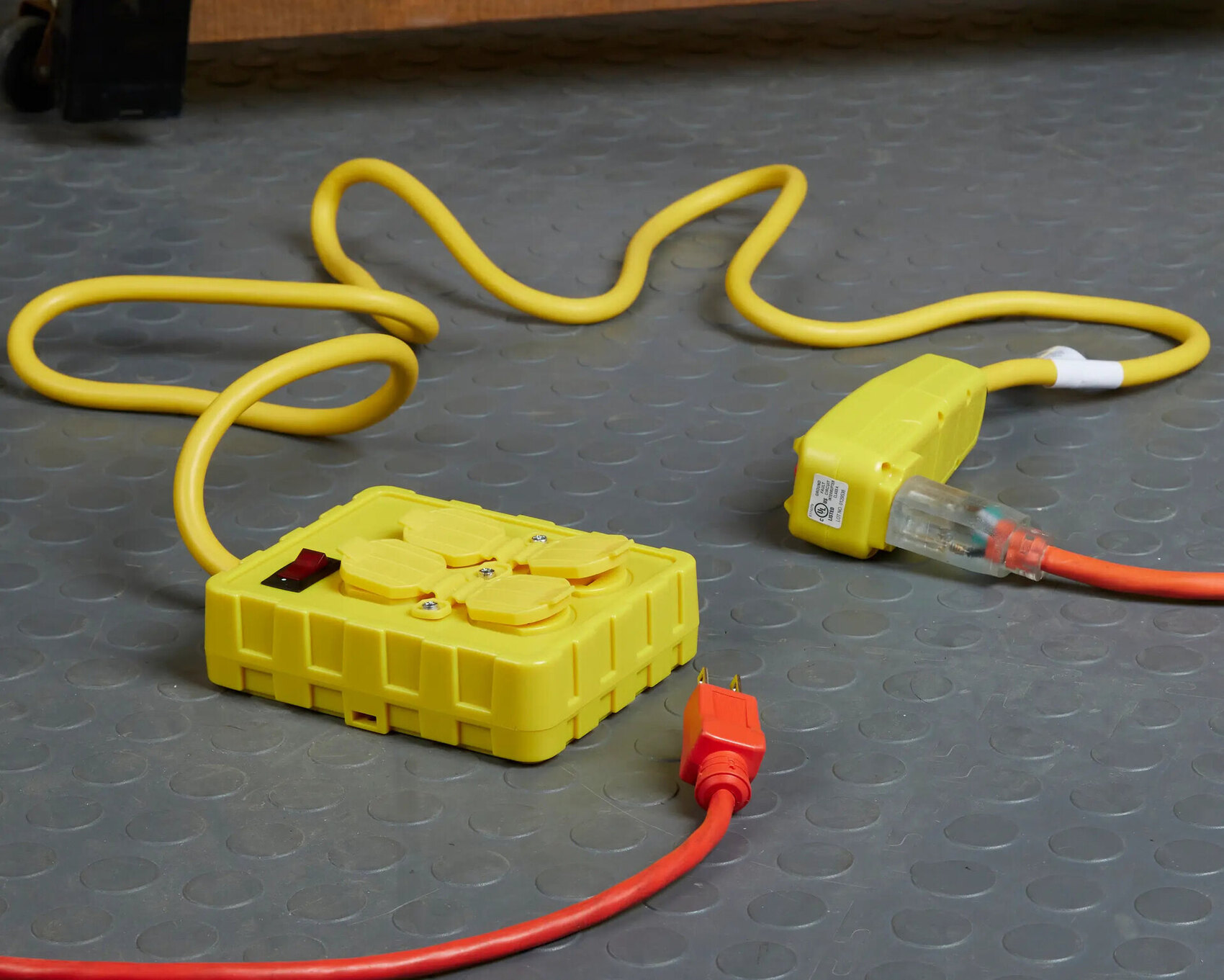

Articles
What Color Is The Ground Wire On An Extension Cord
Modified: May 6, 2024
Need to know the color of the ground wire on an extension cord? Check out our informative articles on this topic and get the answer you're looking for.
(Many of the links in this article redirect to a specific reviewed product. Your purchase of these products through affiliate links helps to generate commission for Storables.com, at no extra cost. Learn more)
Introduction
Welcome to our comprehensive guide on extension cords and the color coding of the ground wire. Extension cords are a common tool used in households and workplaces to provide electrical power in areas where outlets are not easily accessible. They are designed to safely extend the reach of electrical devices, but it is crucial to understand the importance of proper grounding for electrical safety.
In this article, we will delve into the purpose of the ground wire in an extension cord and explore the standard color coding that is typically used for these wires. Additionally, we will discuss common colors associated with ground wires and any exceptions or variations that may exist. Understanding the basics of extension cord wiring and grounding is essential for maintaining a safe and efficient electrical system.
Whether you are an electrician or a DIY enthusiast, this article will provide you with valuable insights into the color of the ground wire on an extension cord, helping you make informed decisions when it comes to electrical safety.
Now, let’s explore the purpose of the ground wire in an extension cord and its significance in maintaining electrical safety.
Key Takeaways:
- Proper grounding in extension cords is crucial for electrical safety, equipment protection, fire prevention, and EMI reduction. Understanding color coding and adhering to guidelines ensures a safe electrical environment.
- While the standard color coding for ground wires is green or bare copper, exceptions and variations exist. Consult guidelines and professionals to handle different color codes accurately and maintain electrical safety.
Read more: What Is A Grounded Extension Cord
Purpose of the Ground Wire
The ground wire in an extension cord serves a vital purpose in electrical systems – it provides a pathway for electrical current in the event of a fault or surge. Its primary function is to protect individuals and electrical devices from the risks of electric shock, fires, and equipment damage.
When an appliance or electrical device is plugged into an extension cord, it is essential to have a reliable grounding system. The ground wire acts as a form of protection by diverting any excess electrical current away from the device and safely into the ground. This occurs when a fault, such as a short circuit or equipment malfunction, causes a surge in electricity. Without a proper ground wire, the excess electrical energy could seek an alternate path, potentially endangering users or causing damage to the device.
The grounding system works hand in hand with other safety mechanisms, such as circuit breakers and fuses, to prevent electrical hazards. In the event of a fault, these safety devices detect the irregularity and interrupt the electrical current, stopping the flow of electricity to prevent further harm. The ground wire plays a crucial role by providing a low-resistance path for the electric current to safely return to the Earth.
By grounding the electrical system, the ground wire helps to maintain a stable electrical environment and reduce the risk of electrical accidents. It ensures that any excess electricity is swiftly directed away from people and equipment, minimizing the potential for electric shock or fires.
Now that we understand the purpose of the ground wire, let’s explore the standard color coding that is typically used for these wires in extension cords.
Standard Color Coding for Extension Cords
Extension cords, like all electrical wiring, follow a standard color coding system to ensure consistency and facilitate ease of identification. However, it is important to note that color coding standards may vary slightly depending on the country or region. In this section, we will focus on the standard color coding used in most North American countries.
In North America, extension cords typically have a three-wire configuration: a hot wire, a neutral wire, and a ground wire. The hot wire carries the electrical current from the power source, the neutral wire completes the circuit, and the ground wire provides the safety mechanism we discussed earlier.
The color coding for extension cords in North America is as follows:
- Hot Wire (Line): Black or Red: The hot wire carries the electrical current from the power source to the device or appliance. In most cases, it is colored black. However, in some cases, it may be red. Both colors indicate that the wire is live and potentially hazardous if not handled properly.
- Neutral Wire: White or Gray: The neutral wire completes the electrical circuit and carries the current back to the power source. It is typically colored white or gray. It is important to note that the neutral wire does not carry an electrical charge under normal conditions.
- Ground Wire: Green or Bare Copper: The ground wire is responsible for providing a safe path for excess electrical current to the ground. It is typically colored green or, in some cases, left with no insulation, resulting in a bare copper wire.
It is crucial to identify and correctly connect the wires in an extension cord to ensure their proper functioning. Incorrect wiring can lead to electrical hazards and equipment damage. Therefore, always consult the documentation and manufacturer’s instructions when working with extension cords and electrical devices.
While the standard color coding system provides consistency and ease of identification, it is important to be aware of any exceptions or variations that may exist.
Now, let’s explore the common colors associated with the ground wire on extension cords.
Common Colors for Ground Wires
While the standard color coding for the ground wire in North America is green or bare copper, there are exceptions and variations that exist. In some cases, you may come across ground wires with different colors. These variations are typically used in specific industries or for specific applications.
Here are some common colors you may encounter for ground wires:
- Green with Yellow Stripe: In certain cases, the ground wire may have a green color with a yellow stripe. This color combination is commonly used in industrial settings or for heavy machinery and equipment.
- Green with White Stripe: Another variation you may find is a green wire with a white stripe. This color combination is often used in the telecommunications industry for grounding electrical and data systems.
- Other Colors: Depending on specific applications or industries, you may also find ground wires in other colors such as orange, blue, or even purple. These color variations are typically used to differentiate between various systems or equipment within a complex electrical setup.
It is important to note that when working with extension cords or any electrical wiring, it is crucial to adhere to the specific color coding guidelines and standards outlined by the manufacturers or local electrical codes. Understanding the intended use and application of the extension cord and its corresponding color coding ensures the proper and safe use of electrical devices.
Now that we have covered the standard and common color variations for ground wires, let’s emphasize the importance of proper grounding in extension cords and electrical systems.
The ground wire on an extension cord is typically green. It is important to always check the manufacturer’s instructions and local electrical codes for specific requirements.
Exceptions and Variations
While the standard color coding for the ground wire in extension cords is typically green or bare copper, it is important to be aware that there are exceptions and variations that exist. These variations may be influenced by specific industries, international standards, or specialized applications.
Here are some exceptions and variations you may come across:
- International Standards: In countries outside of North America, the color coding for ground wires may differ. For example, in the United Kingdom, the standard color for a ground wire is green with a yellow stripe. Similarly, European countries commonly use yellow or green/yellow for ground wires.
- Specialized Applications: In certain applications, such as medical equipment or sensitive electronics, the ground wire may have unique color coding to indicate its specific purpose. These specialized applications often have stringent safety regulations and guidelines that dictate the color coding requirements.
- Custom Color Coding: In some cases, electrical contractors or manufacturers may implement custom color coding for ground wires based on their own internal standards or preferences. While these custom color codes may not be widely recognized, they should still follow a consistent and easily distinguishable pattern within that specific setting.
It is crucial to understand that exceptions and variations in ground wire color coding exist to meet different requirements and standards. If you encounter a ground wire with a different color, it is essential to consult the relevant documentation, electrical codes, or professionals familiar with the specific application to ensure proper identification and handling.
Remember, accurate identification and understanding of the ground wire’s function and color coding are essential for maintaining electrical safety and preventing potential hazards.
Now that we have covered exceptions and variations, let’s underline the importance of proper grounding in extension cords and electrical systems.
Read more: What Size Wire For Welder Extension Cord
Importance of Proper Grounding
Proper grounding is of utmost importance when it comes to electrical systems, including extension cords. It plays a crucial role in protecting individuals and equipment from electrical hazards and ensuring a safe and reliable electrical environment. Here are some key reasons why proper grounding is essential:
- Electrical Safety: Grounding helps prevent electric shocks by providing a safe path for excess electrical current to flow to the ground. In the event of a fault or short circuit, the ground wire diverts the excess current away from people and equipment, reducing the risk of injury or electrocution.
- Equipment Protection: Proper grounding helps safeguard electrical equipment and appliances from damage caused by electrical surges. By providing a designated path for excess current, grounding helps prevent internal components from being overloaded and potentially destroyed. This can extend the lifespan and improve the performance of electrical devices.
- Fire Prevention: Faulty electrical systems can lead to electrical fires. Proper grounding significantly reduces the risk of electrical fires by preventing the buildup of excess electrical energy. By ensuring a safe pathway for current, grounding helps minimize the chances of overheating, short circuits, and electrical arcing that can ignite fires.
- Electromagnetic Interference (EMI) Reduction: Grounding also helps reduce electromagnetic interference in electrical systems. EMI can lead to quality issues in audio and video equipment, data loss in sensitive electronic devices, or disturbances in communication systems. Grounding provides a reference point that helps dissipate unwanted electrical energy and reduces the impact of EMI.
Proper grounding is not just limited to extension cords; it extends to the overall electrical system, including outlets, wiring, and appliances. It is crucial to ensure that all electrical components, including extension cords, are properly grounded to maintain a safe and efficient electrical environment.
Remember, if you have any doubts or concerns about the grounding of an electrical system or its components, it is always best to consult a qualified electrician or follow the guidelines provided by the manufacturer.
To conclude, proper grounding is paramount for electrical safety, equipment protection, fire prevention, and EMI reduction. Understanding the importance of proper grounding ensures that we can use extension cords and electrical systems safely and with confidence.
Conclusion
In conclusion, understanding the color coding of the ground wire on an extension cord is crucial for maintaining electrical safety and ensuring the proper functioning of electrical systems. The ground wire serves a vital purpose, diverting excess electrical current away from people and equipment in the event of a fault or surge.
While the standard color coding for the ground wire in North America is green or bare copper, it is important to be aware of exceptions and variations that may exist. Different industries, international standards, and specialized applications may utilize different color codes for ground wires. It is essential to consult the relevant guidelines or professionals to accurately identify and handle ground wires with different colors.
Proper grounding plays a pivotal role in maintaining electrical safety by preventing electric shocks, protecting equipment from damage, and reducing the risk of electrical fires. It also helps minimize electromagnetic interference and ensures a stable electrical environment.
When working with extension cords or any electrical system, it is important to adhere to the specific color coding guidelines outlined by manufacturers or local electrical codes. Following these guidelines helps ensure consistency, prevent accidents, and promote a safe electrical system.
In summary, the ground wire in an extension cord provides a vital safety mechanism for electrical systems. It is essential to understand the purpose and color coding of the ground wire, as well as any exceptions or variations that may exist. By prioritizing proper grounding, we can ensure a safe and reliable electrical environment for ourselves and those around us.
Curious about more than just ground wires? If your extension cord has seen better days, our guide on optimal methods for extension cord repair will show you how to bring them back to life, ensuring safety and efficiency. Or maybe you're planning to extend your power supply to the garage; our straightforward advice on running overhead electrical wiring will make the job smoother and safer. Both articles are packed with useful tips and easy-to-follow instructions tailored for any DIY enthusiast.
Frequently Asked Questions about What Color Is The Ground Wire On An Extension Cord
Was this page helpful?
At Storables.com, we guarantee accurate and reliable information. Our content, validated by Expert Board Contributors, is crafted following stringent Editorial Policies. We're committed to providing you with well-researched, expert-backed insights for all your informational needs.
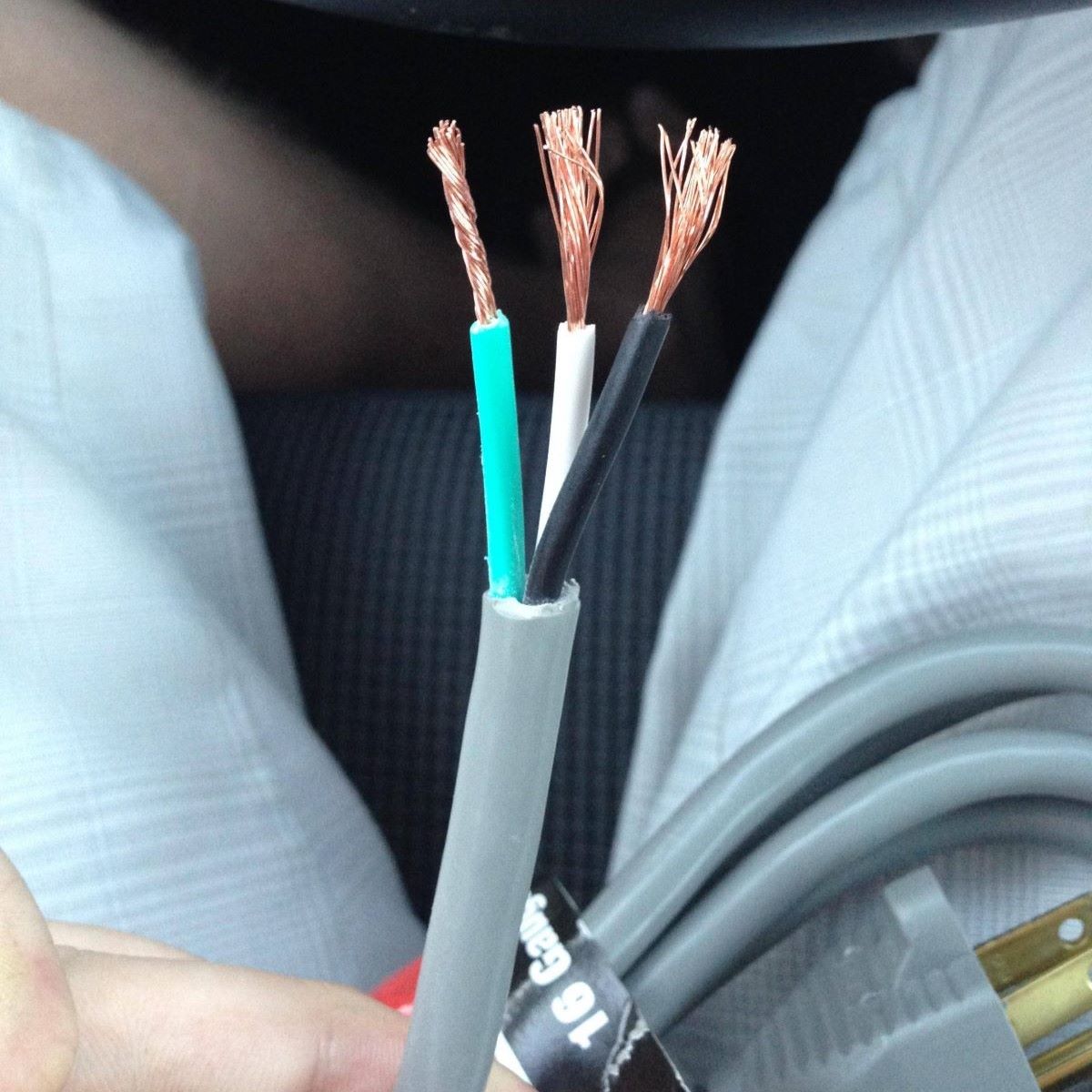
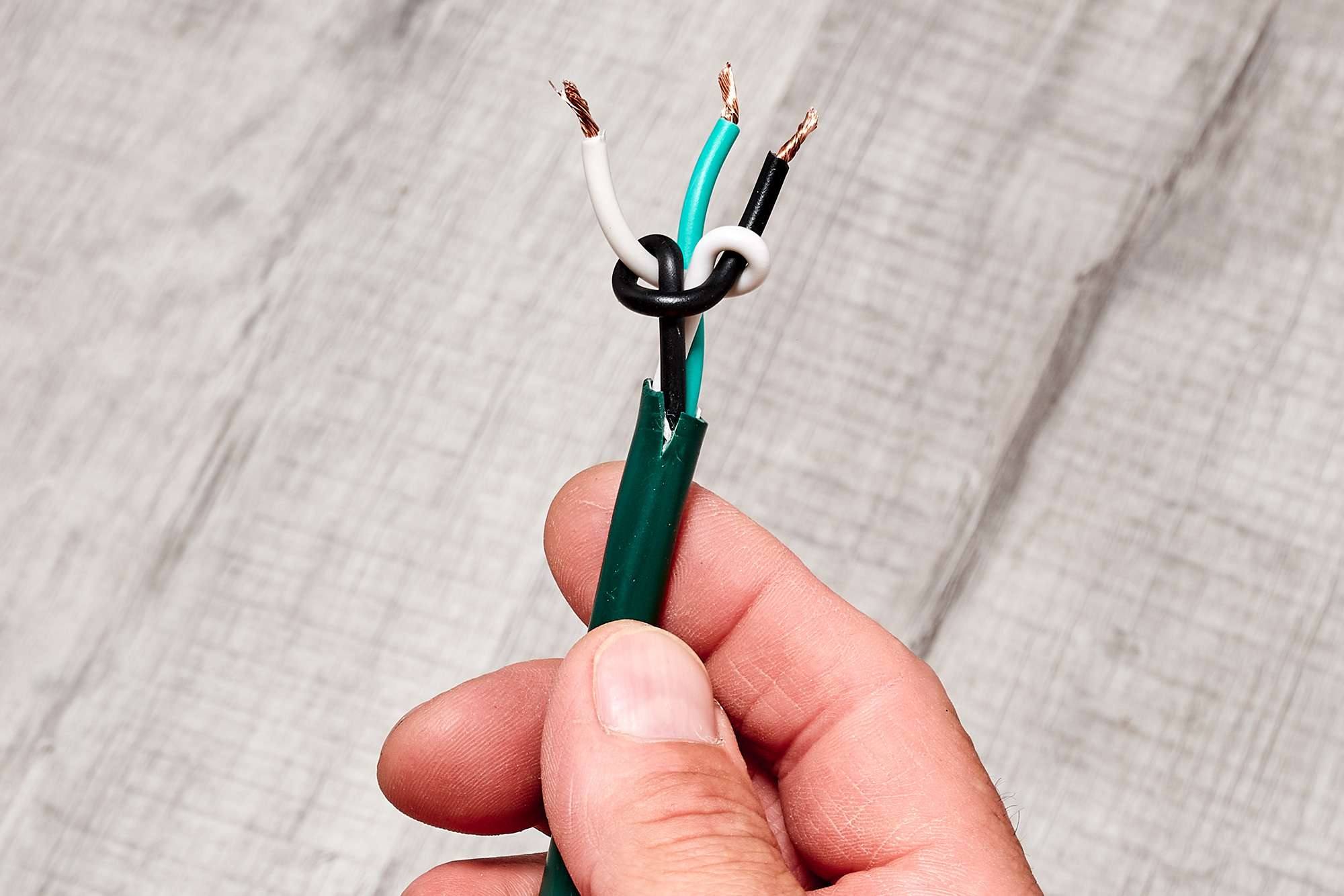
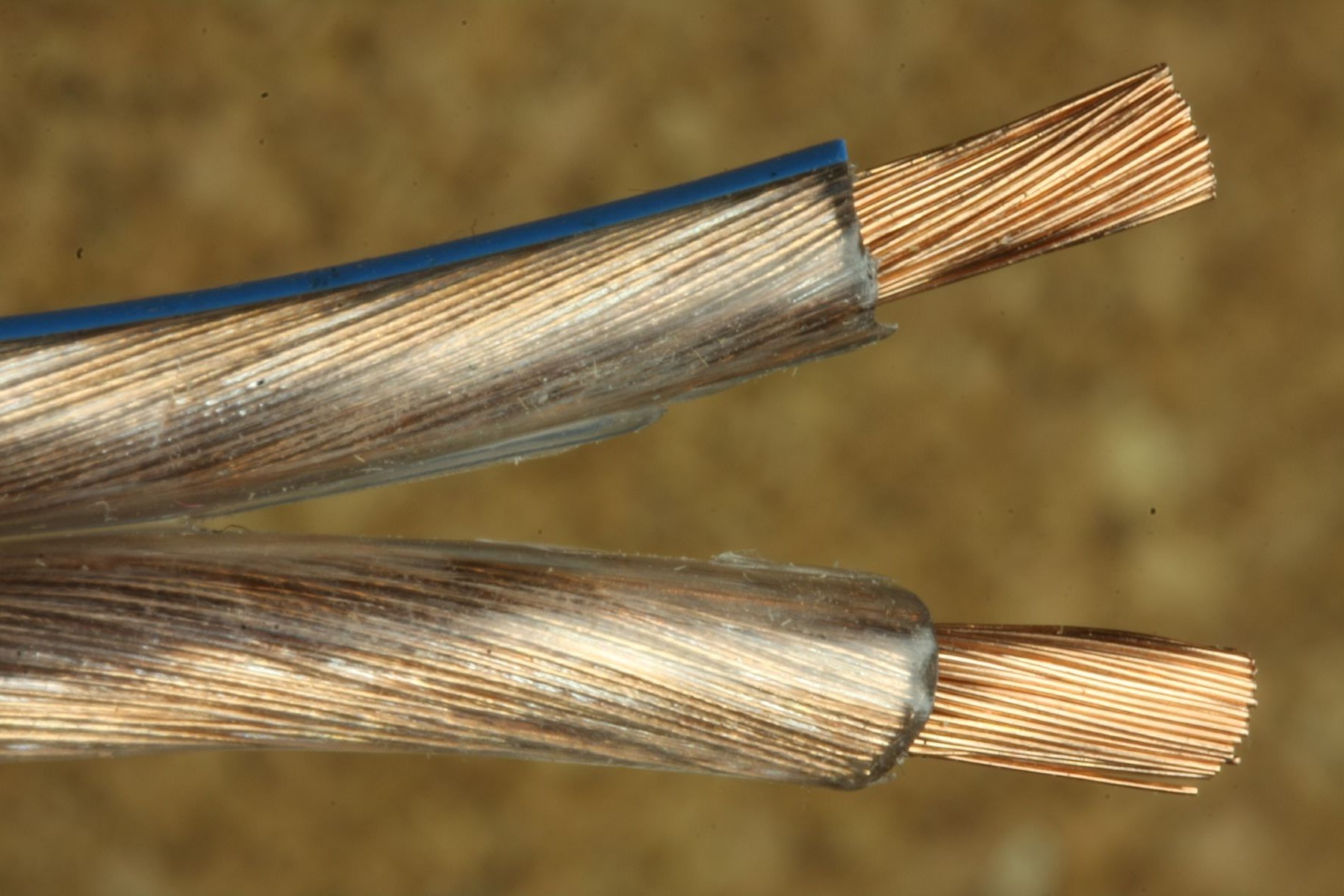
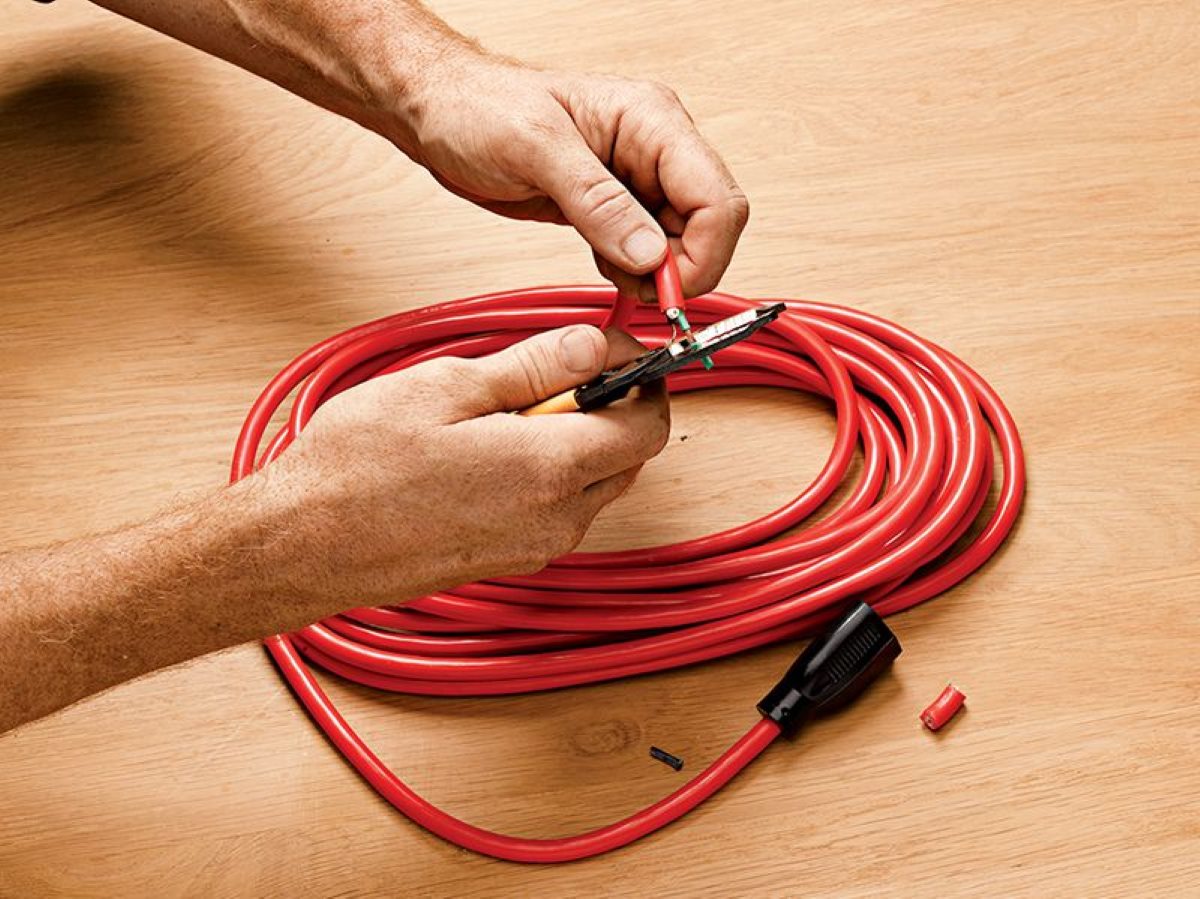
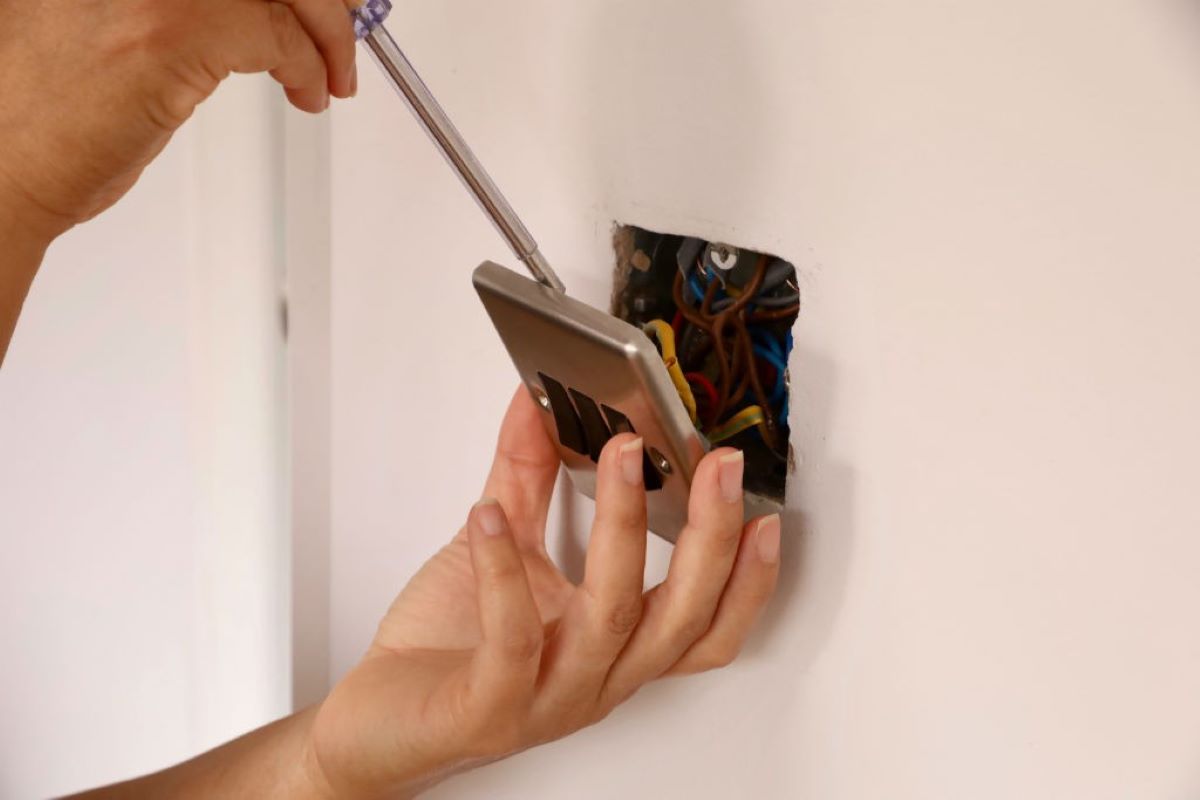
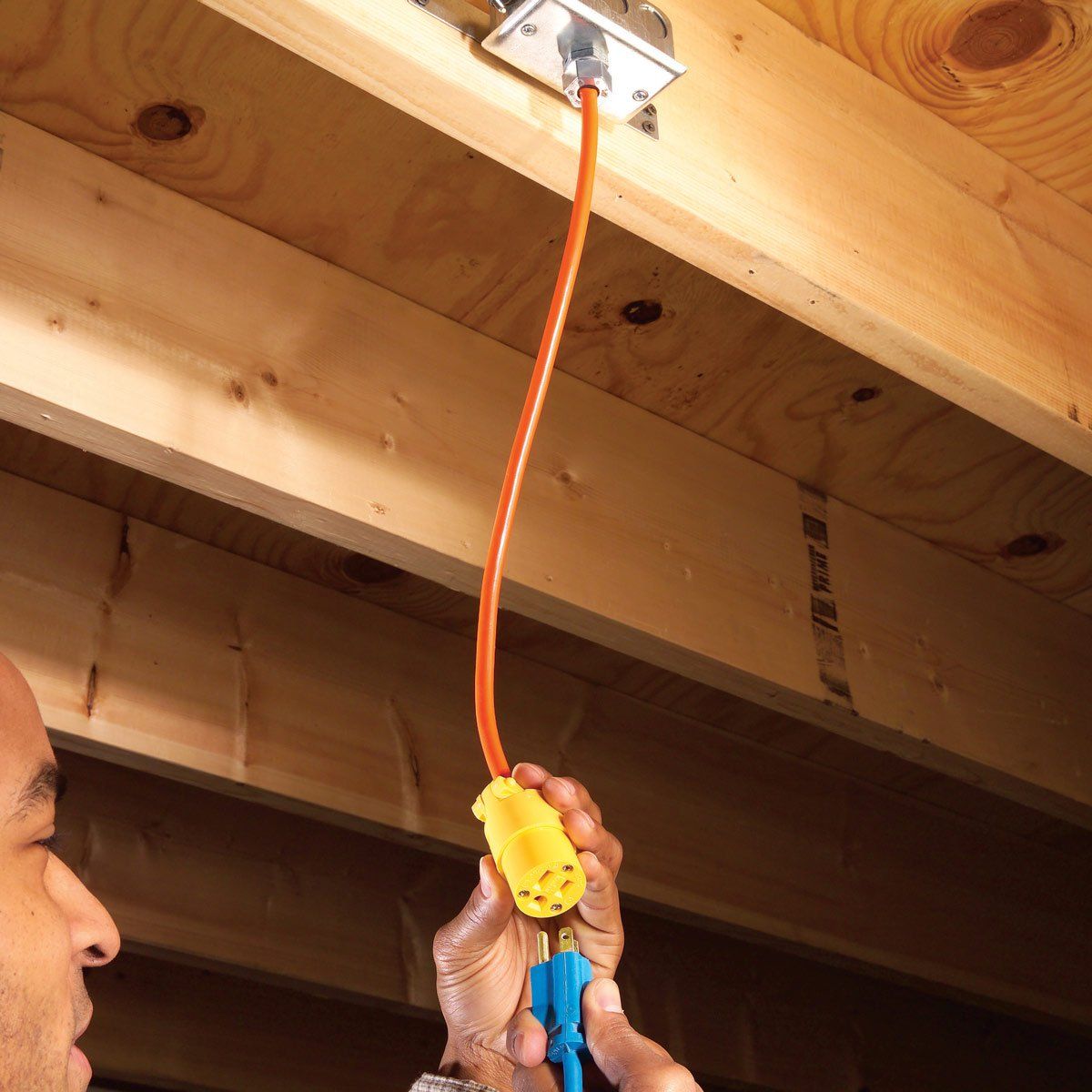
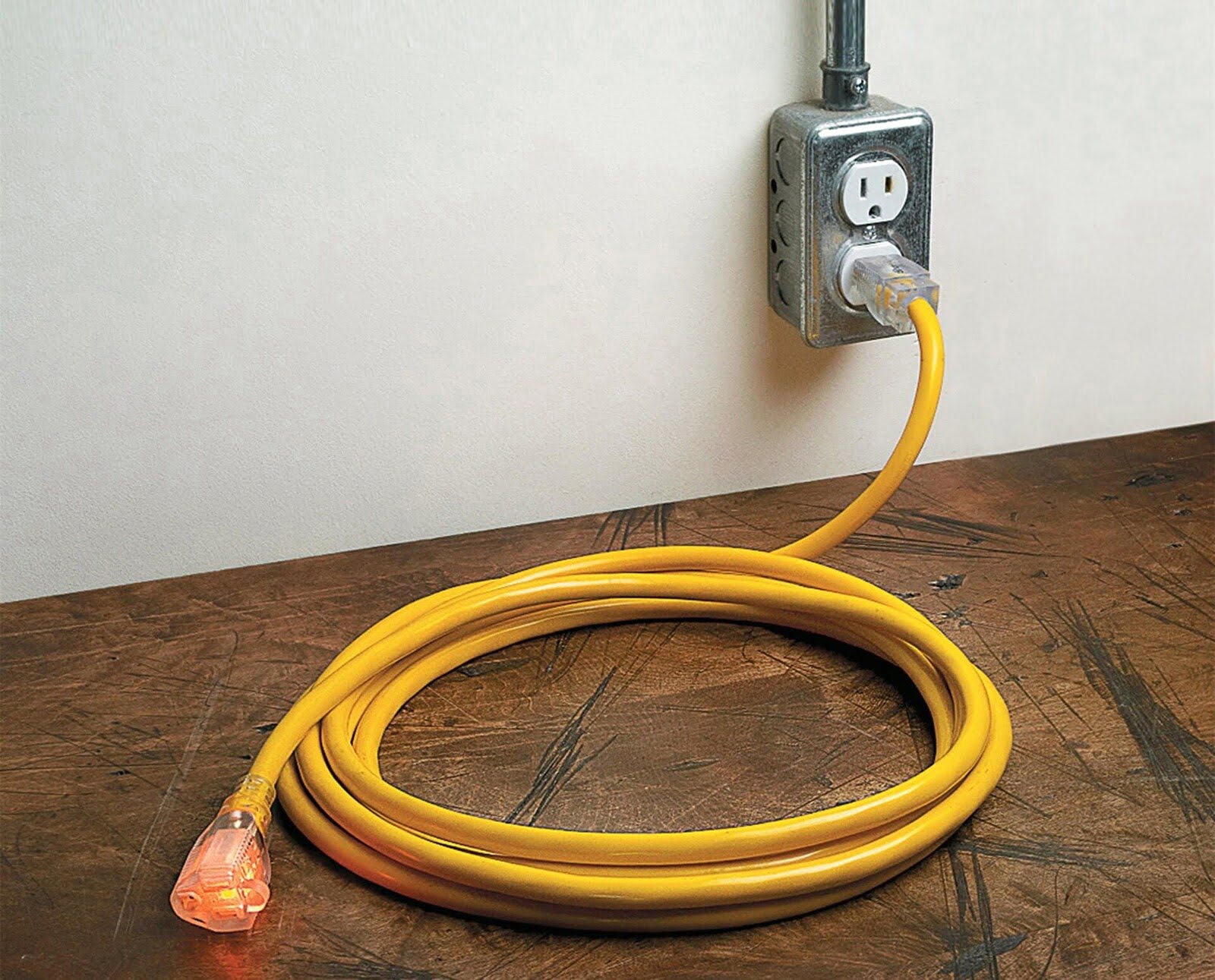
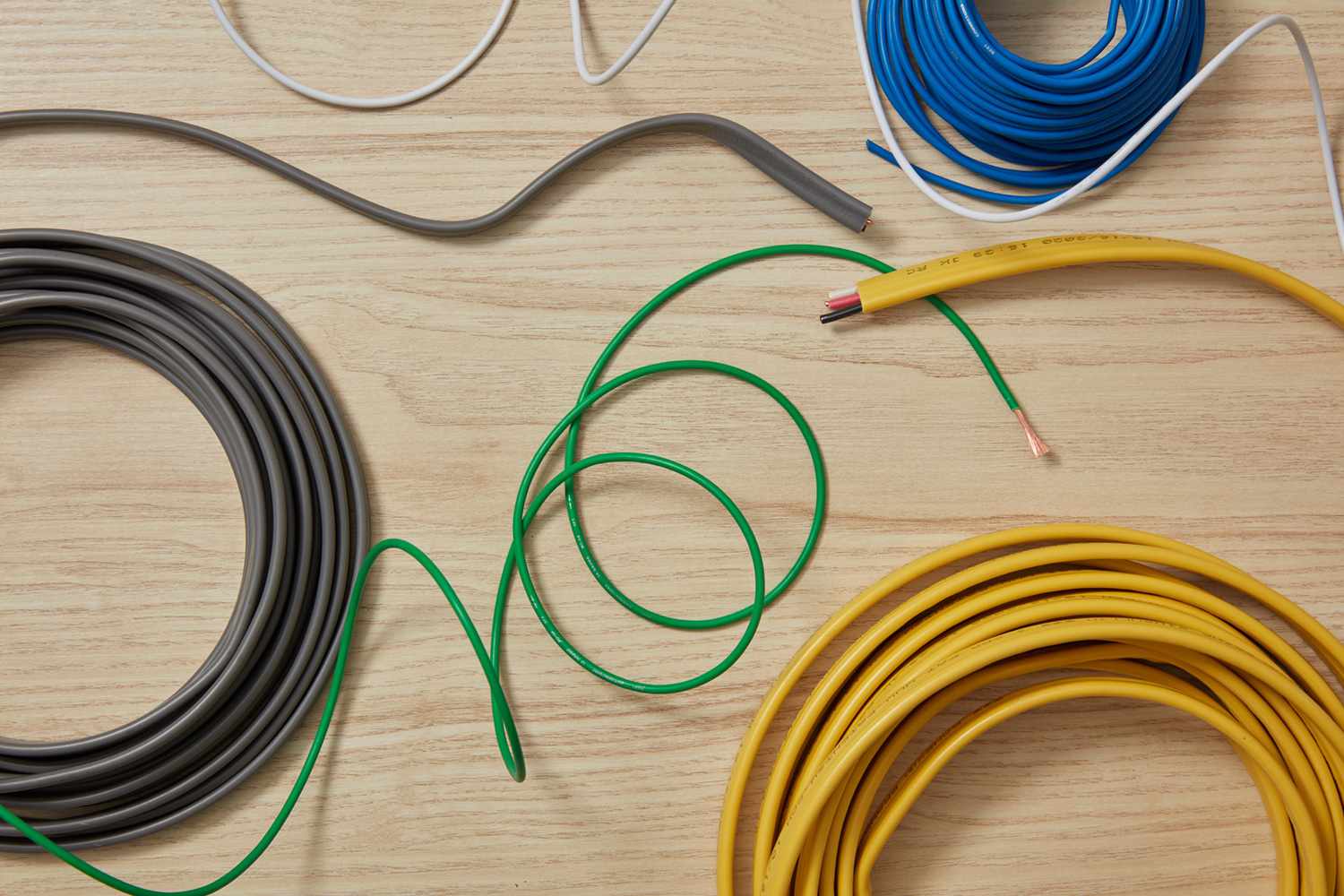
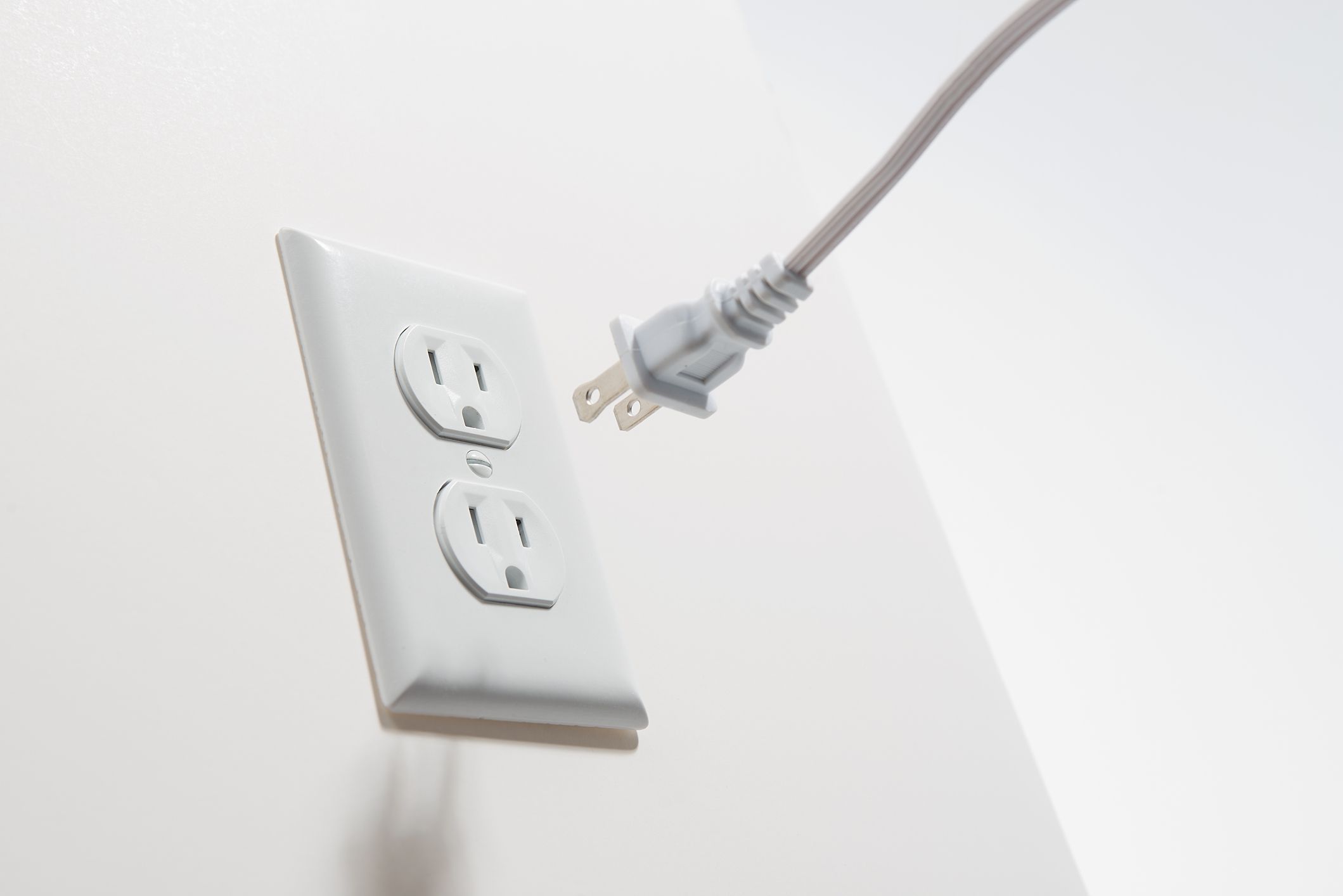

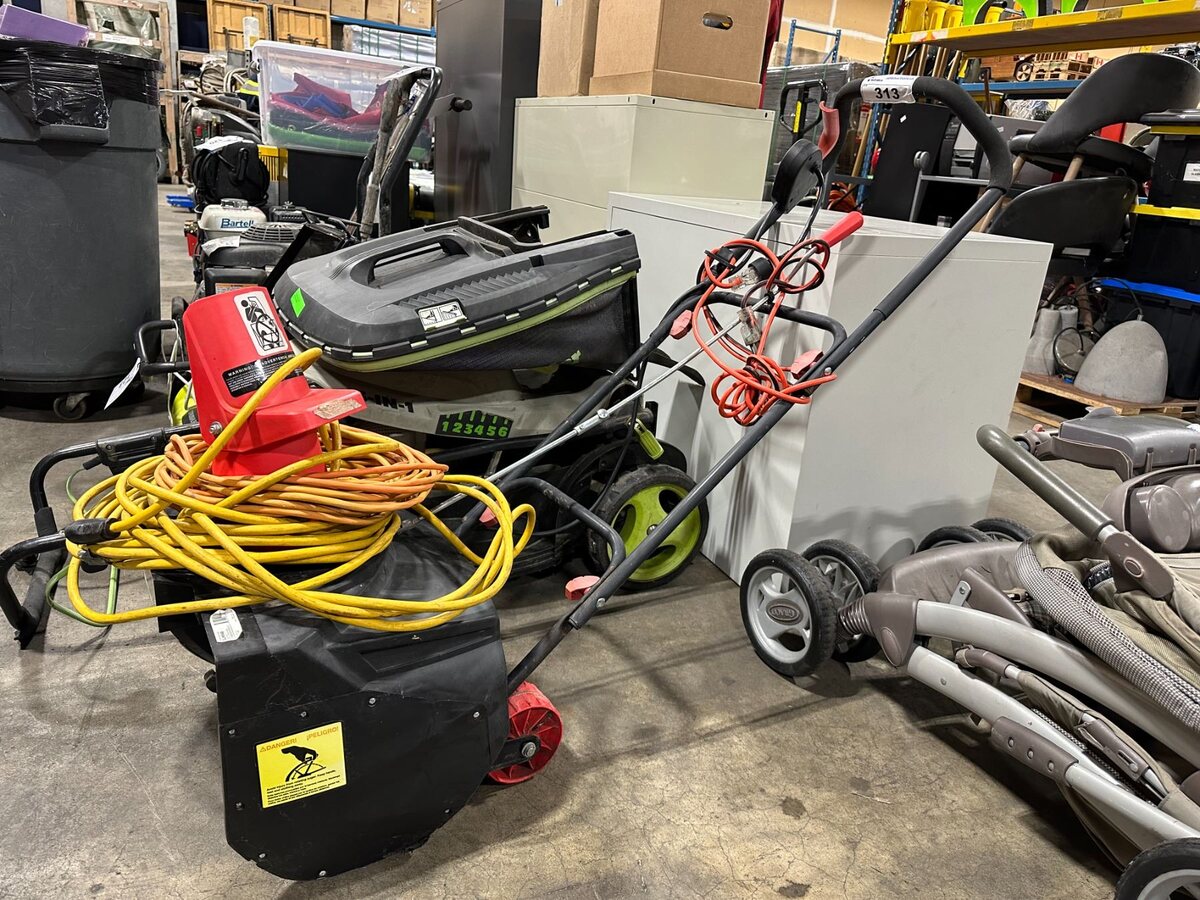
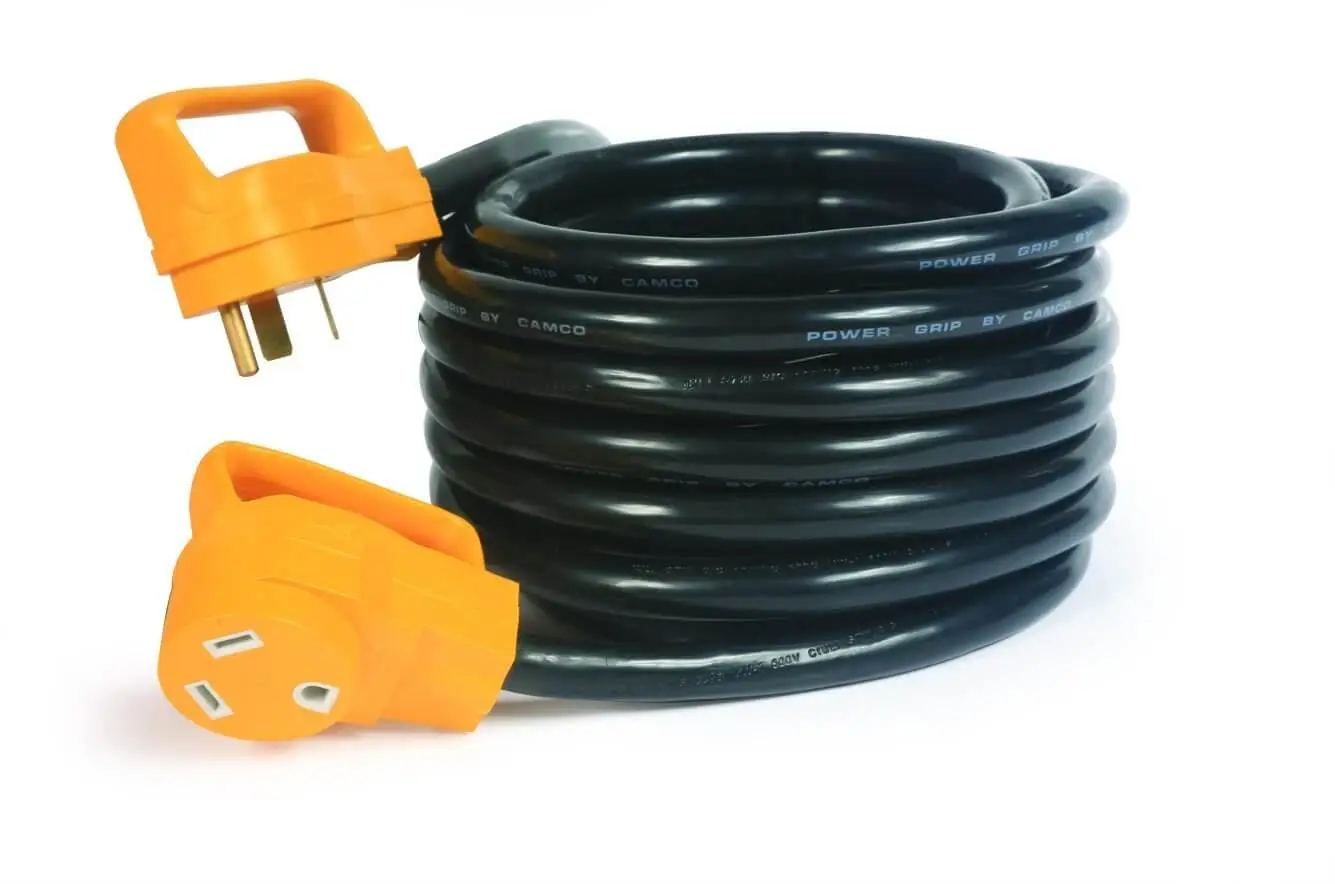
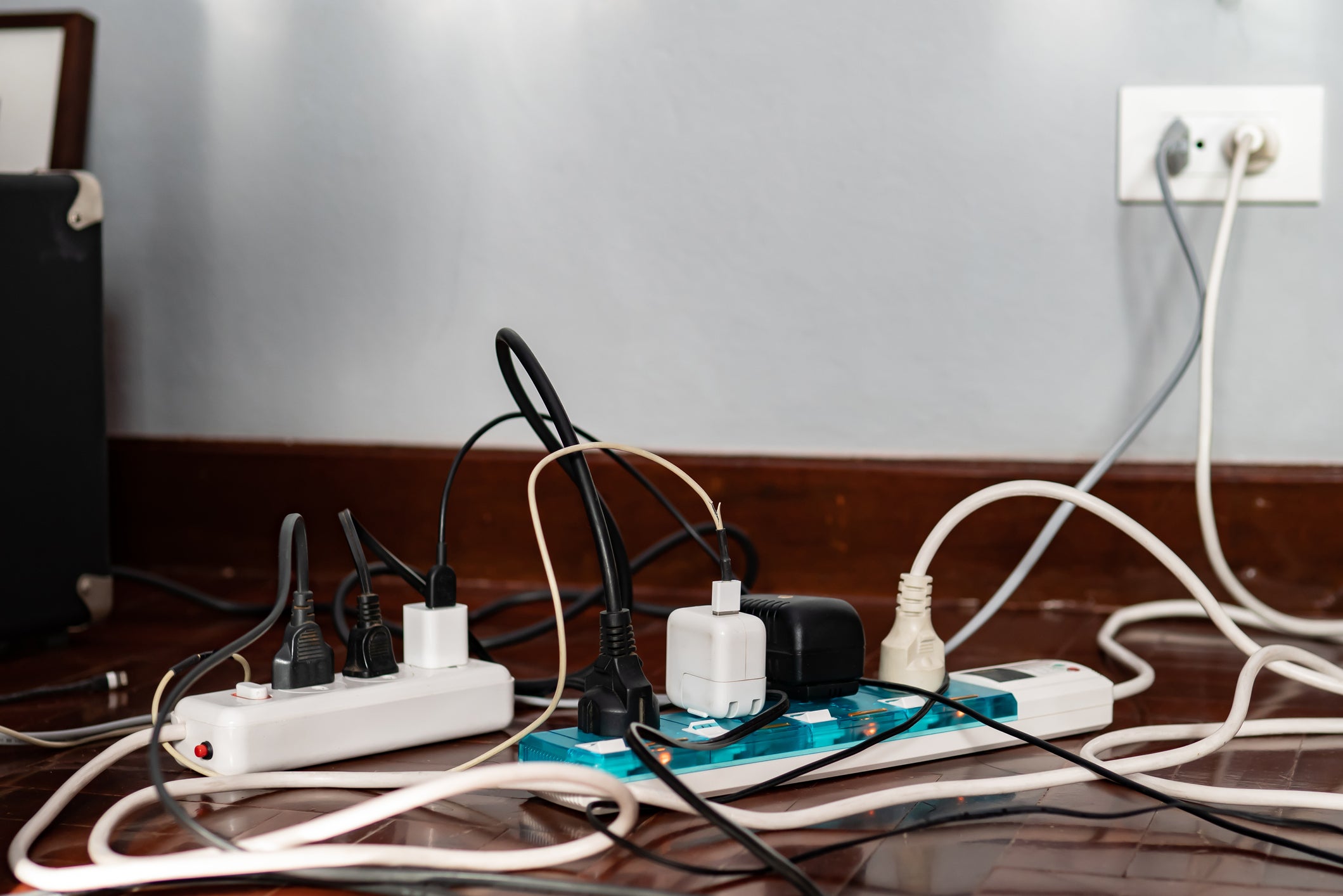
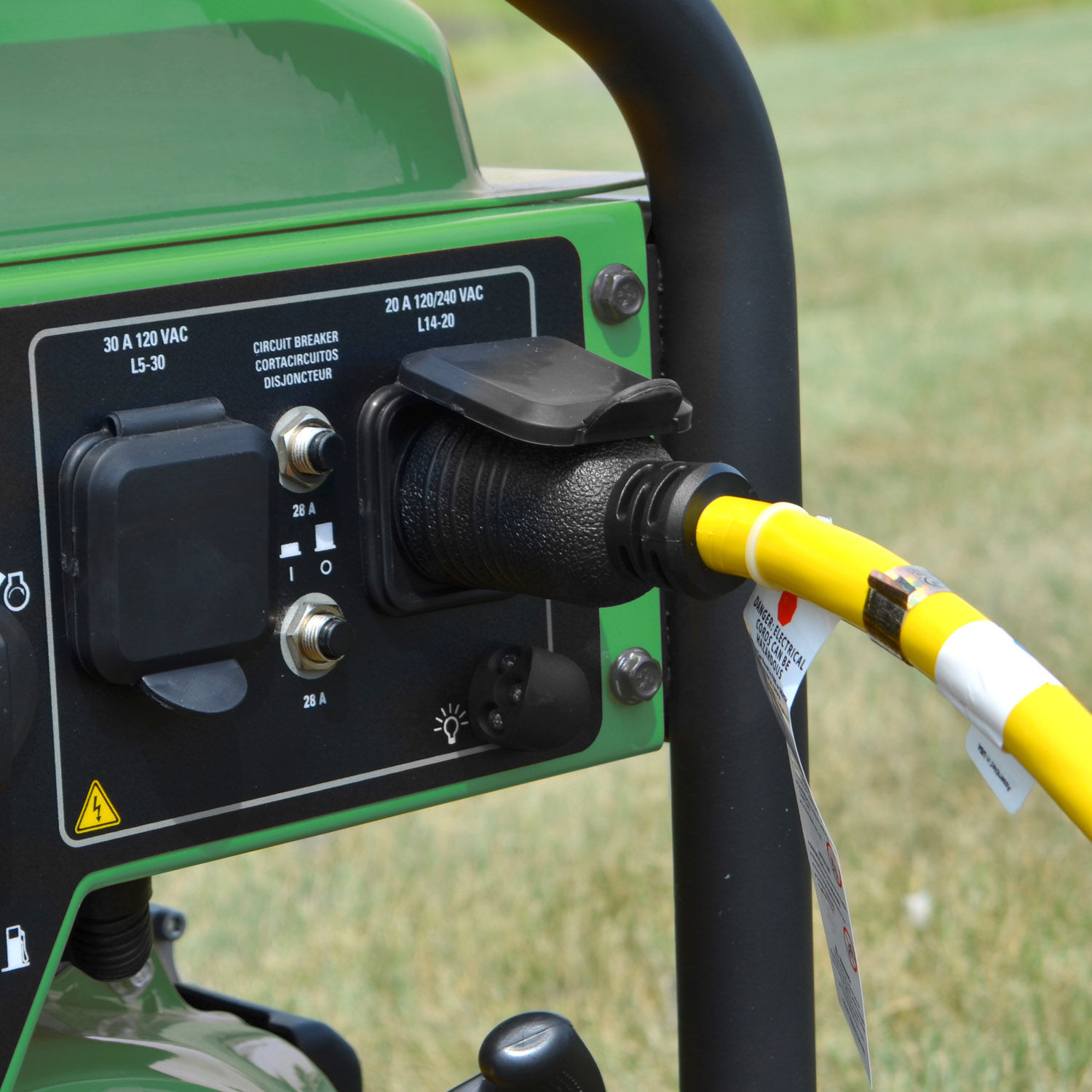

0 thoughts on “What Color Is The Ground Wire On An Extension Cord”